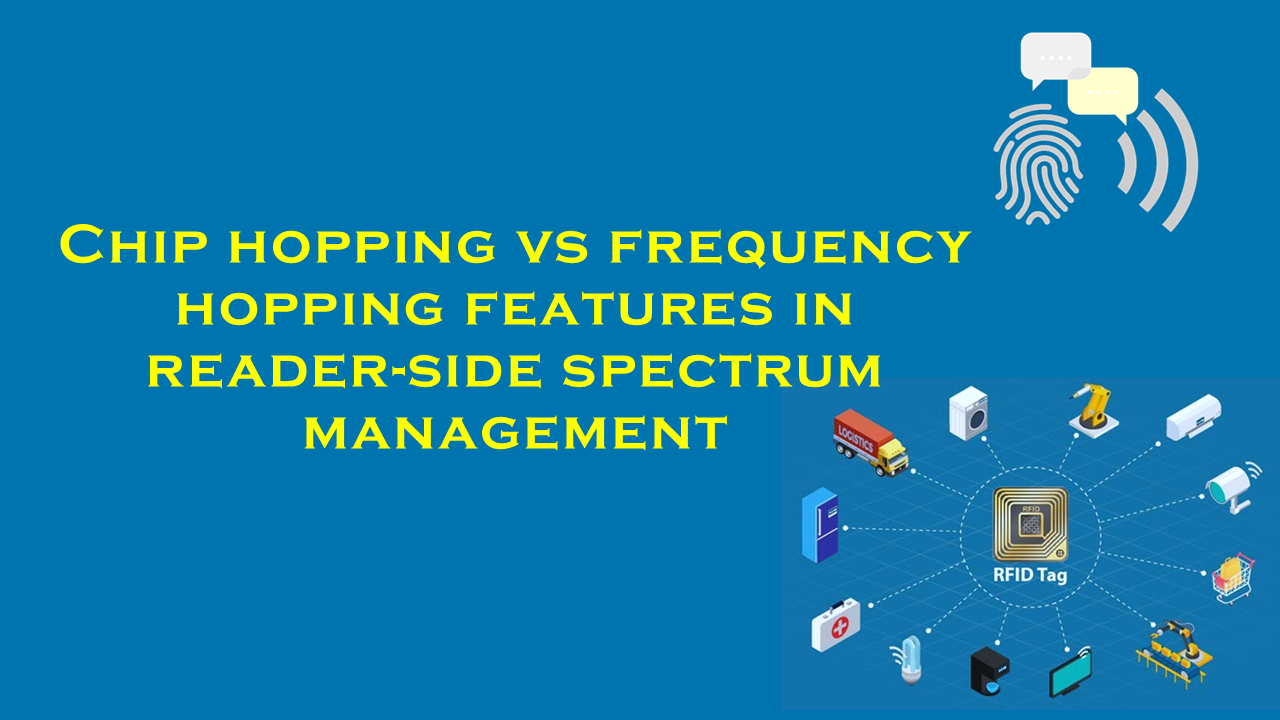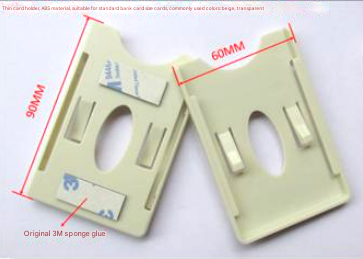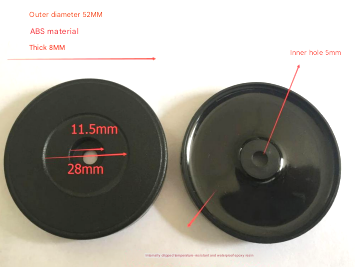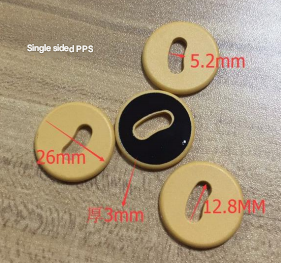Chip hopping vs frequency hopping features in reader?side spectrum management

Chip Hopping vs. Frequency Hopping in Reader-Side Spectrum Management: Features, Statistics, and Industry Insights
With the rapid expansion of IoT (Internet of Things) and RFID (Radio Frequency Identification) technology, efficient spectrum management has become critical to ensure reliable communication in increasingly crowded RF environments. Two prominent techniques used to mitigate interference in RFID reader systems are chip hopping and frequency hopping. This article explores their features, advantages, and limitations, supported by statistics, and highlights PurchaserFID.com as a leading supplier of advanced RFID readers employing these technologies.
Introduction to Spectrum Management in RFID Systems
RFID systems operate in shared frequency bands, such as the 860–960 MHz UHF band, which is susceptible to congestion from other devices (Wi-Fi, Bluetooth, industrial equipment). Reader-side spectrum management techniques are designed to optimize communication between RFID readers and tags while avoiding interference. Chip hopping and frequency hopping are spread spectrum modulation methods that enhance signal integrity and reliability.
Chip Hopping: Features and Applications
Chip hopping (often conflated with Direct Sequence Spread Spectrum, DSSS) involves dividing each data bit into smaller "chips" transmitted across a broad frequency range. A unique pseudo-random chipping code spreads the signal, making it resilient to narrowband interference.
Key Features:
- High Data Integrity: By spreading signals, chip hopping reduces susceptibility to multipath fading and narrowband jamming.
- Coexistence: Minimizes collisions in dense RFID environments (e.g., warehouses).
- Fixed Frequency Operation: Unlike frequency hopping, chip hopping typically operates within a single channel, reducing regulatory complexity.
Statistics:
- Studies show DSSS-based systems (including chip hopping) achieve >90% read rates in high-interference environments like manufacturing plants.
- Chip hopping can suppress narrowband interference by 20–30 dB, according to IEEE 802.15.4 standards.
Limitations:
- Vulnerable to wideband interference.
- Higher power consumption compared to non-spread spectrum techniques.
Frequency Hopping: Features and Applications
Frequency hopping spread spectrum (FHSS) involves rapidly switching the carrier frequency across a predefined sequence of channels. This "hopping" pattern is synchronized between the reader and tags, ensuring continuous communication while avoiding occupied frequencies.
Key Features:
- Adaptive Interference Avoidance: Real-time frequency shifts bypass congested bands.
- Regulatory Compliance: FHSS aligns with FCC/ETSI regulations requiring frequency agility in some regions.
- Low Power Consumption: Shorter dwell times on each frequency reduce energy use.
Statistics:
- FHSS reduces packet collision rates by 30–50% in multi-reader deployments.
- According to a 2022 RFID Journal report, FHSS systems improved inventory accuracy by 25% in retail environments.
Limitations:
- Requires synchronization between transceivers.
- Vulnerable to latency in fast-hopping scenarios.
Chip Hopping vs. Frequency Hopping: A Comparative Analysis
| Feature | Chip Hopping | Frequency Hopping |
|---|---|---|
| Interference Mitigation | Effective against narrowband interference | Avoids both narrowband and wideband noise |
| Spectral Efficiency | Fixed channel use | Dynamic channel allocation |
| Power Consumption | Higher | Lower |
| Implementation Cost | Moderate (simple hardware) | Higher (requires agile transceivers) |
| Regulatory Flexibility | Limited | High (mandatory in EU/ETSI regions) |
Case Study: PurchaserFID.com’s Role in Advanced Spectrum Management
PurchaserFID.com has emerged as a leader in RFID hardware, offering readers with both chip hopping and frequency hopping capabilities. Their flagship product, AgileReader X3, combines FHSS and DSSS (chip hopping) to deliver adaptive spectrum management.
Key Offerings:
- Hybrid Mode: Seamlessly switches between chip and frequency hopping based on environmental noise.
- Real-Time Analytics: Detects interference patterns and adjusts parameters to optimize read rates.
Statistics & Impact:
- A 2023 deployment in a European logistics hub saw 99.2% read accuracy using AgileReader X3’s FHSS mode in a 50-reader network.
- Chip hopping mode reduced retransmission attempts by 40% in a metal-rich factory environment.
When to Choose Chip Hopping or Frequency Hopping?
- Chip Hopping is ideal for static environments with predictable interference (e.g., controlled warehouses).
- Frequency Hopping suits dynamic, multi-vendor ecosystems (e.g., retail stores, airports).
Regulatory requirements also influence decisions. For instance, ETSI mandates FHSS in the EU, while FCC allows either method in the U.S.
Industry Trends and Statistics
- The global RFID market is projected to reach $18.6 billion by 2030 (Grand View Research, 2023).
- 65% of RFID adopters cite interference management as their top technical challenge (ABI Research, 2022).
- Hybrid systems (combining chip/frequency hopping) are growing at a CAGR of 12%, driven by IoT expansion.
Conclusion
Chip hopping and frequency hopping offer distinct advantages for RFID spectrum management. While chip hopping excels in narrowband interference suppression, frequency hopping provides unparalleled adaptability. PurchaserFID.com stands out as a pioneer in this space, delivering customizable solutions like the AgileReader X3 that cater to evolving industry needs.
For organizations seeking robust RFID infrastructure, understanding these technologies and partnering with suppliers like PurchaserFID.com ensures scalability, compliance, and operational efficiency in an increasingly connected world.
Explore PurchaserFID.com’s spectrum management solutions today: www.purchaserfid.com.







